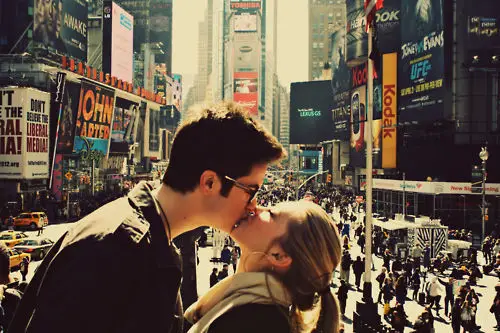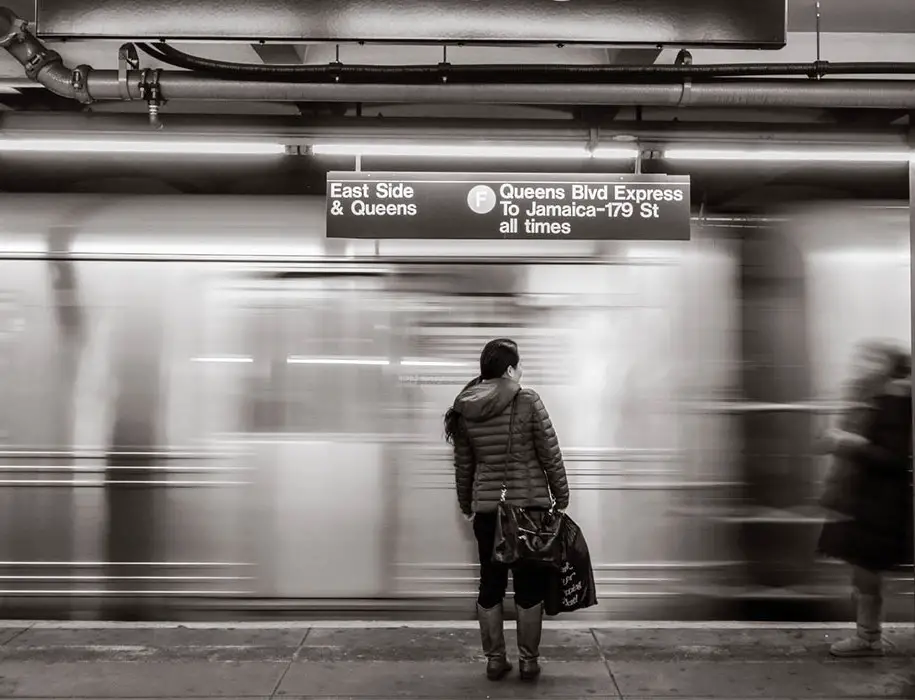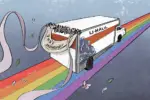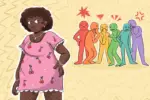New York City. A population of 8.5 million people. Countless bars, coffee shops and ideal date scenarios. A city where you, while constantly surrounded by the masses, can easily feel alone.
The first thing I thought in moving to New York City was that I need a boyfriend. However, despite the surplus of people living in the city, this thought proved more difficult to realize than orginally imagined.
The Solidarity of the City
My urge was met with discouragement through the solidarity of the city. In New York, people walk with their headphones in. No one will strike up a conversation unless you are a friend or a friend of a friend. I mean, with the kind of diverse population that New York allows, how am I supposed to know if you’re not a psycho?
I am constantly impressed by how many silent scenarios I was able to observe on a daily basis; people sitting next to each other on the subway, unsuccessfully navigating around each other on the sidewalk, sitting next to each other during a workout class, all without speaking, or sometimes even without making eye contact.
Coming from the suburbs on the West coast, I was originally impaired in my understanding if this was a characteristic of the East coast or a characteristic of cities in general. Either way, these limited interactions constituted a barrier in my connecting with others.
An Impaired Sense of Community
Going to school in New York City allows for countless opportunities outside of the classroom, all of which elude the possibility of feeling tied to a singular school or group of people. Your wisest professor is the city itself. For field trips, you visit museums such as the Metropolitan Museum of Art, the Museum of Modern Art and the Whitney.
You abuse public Wi-Fi to do homework in local coffee shops and cafes rather than residing in dorms or libraries. You walk on the streets instead of going through some kind of quad, and you pass by the general population instead of solely people who go to your school.
There’s essentially nothing to tie you to the university, nothing that brings everyone together, and this sense of community is something that not all students deem necessary within their college experience. However, despite living in a college environment, this decentralization and lack of community is something that makes it more difficult to meet people and pursue relationships.
It’s Nothing Like the Movies
Meeting people, unfortunately, is neither the same nor as easy as it is portrayed in movies. On the big screen, it seems practically impossible to persist as a single person in New York. In “Sex and the City,” Carrie Bradshaw is constantly perusing through a selection of men to be her date.
In “Girls,” Lena Dunham finds herself in relations with even the kook on the first floor of her apartment building. It seems to be a rare occurrence for someone to persist as a single person for more than a few weeks.
In the movies, people are constantly introducing themselves in bars, coffee shops and street corners. Relationships start with a wink on the subway.
People run after others who they deem attractive even in a brief passing on the streets. However, my most frequented interactions in coffee shops are to the person next to me asking them to watch my belongings while I go to the bathroom.

After almost a year in New York, I can safely say the only instance in which a guy has run after me on the sidewalk has been a promoter wanting me to come to their club that night (and yes, I know how sad that sounds).
And despite coming to terms with the fact that life is never going to be as exciting as it is in the movies, this unrealistic expectation of the New York dating scene has proved to be disheartening.
Dating Apps Are the New Norm
Whether you’re working, going to school or simply living in New York City, not everyone has the time or courage to put themselves out there. In high school, I thought I would have to be living single until the age of 42 to encounter the desperation needed to download a dating app. Now I find my phone cluttered with them.
Dating apps have traditionally gotten a bad rep, much of which I had previously agreed with. They were presumably for those who lacked the social skills necessary to meet someone in person and those who were deemed unattractive or awkward and were only able to present themselves in a different fashion online.
Meeting people online could never lead people to meaningful relationships — only mindless conversation through matches based on algorithms and, of course, the occasional catfish.
In an article on the Times, Aziz Ansari explains how love is adapting to the digital age. Within a generation of individuals frequenting to devices rather than adapting to uncomfortable social situations, dating apps provide a window to the countless others looking for a specific type.
Screen interactions negate the consequences of saying no, as instead of exiting a physical conversation you can tap the “X” on the screen. Through your devices you are granted access to the single population of your area who are also looking for the same thing as you.
However, dating apps have since been on the rise, especially for college students who lack the typical community that accompanies their school. With verification factors and the option of linking multiple accounts such as Instagram and Facebook to one’s dating profile, apps have become a more well-rounded approach to meet people in a city so large.
I Get It, You’re Busy Too
Dating apps, to put it simply, are more efficient. One can be carrying on multiple conversations with various individuals, all during a morning walk to class.
Instead of going on a nerve-wracking first date or being set up with someone they do not know nor feel comfortable sharing a table with for an hour or two, digital environments provide a space to get to know individuals before pursuing relations with them.
For time constrained students or the working population, it proves easier to scroll through an app than to encounter individuals with the same goals as you. The digital age has offered a repurposed outlet to both promote ourselves and connect with others. Through this, New York City doesn’t have to feel so large.

















